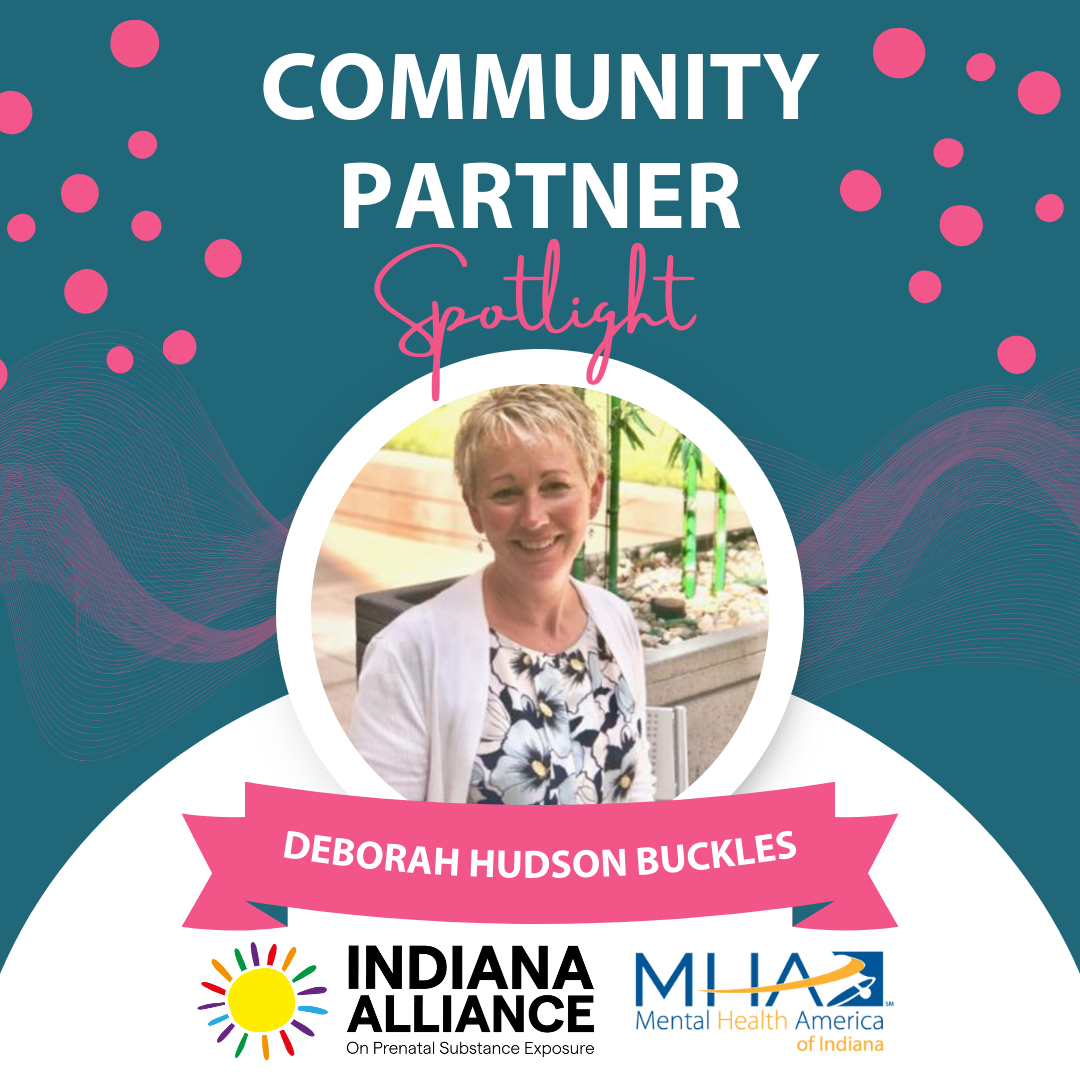
Canada FASD Research Network says language matters in dealing with disorder affecting an estimated 1.4 million Canadians.
Doctors and the media offer mixed advice on how much alcohol pregnant mothers can consume. The clearest message is that no amount of alcohol is safe during pregnancy. Photo Yohann Legrand, CC BY-SA 2.0.
Say the phrase Fetal Alcohol Spectrum Disorder and a number of stereotypes might come to mind: criminals, alcoholics, Indigenous.
But the Canada FASD Research Network (CanFASD) says those stereotypes don’t accurately reflect the disorder or the individuals that live with it — an estimated four per cent of the population, or 1.4 million Canadians.
To mark International Fetal Alcohol Spectrum Disorder Awareness Day Sept. 9, the CanFASD is tackling those stereotypes and the FASD misinformation they promote through their new Common FASD Messages document and Language Guide, aimed at media and individuals who work with people affected by FASD.
“Language is very powerful, and it can miscommunicate information and contribute to the stigma that many individuals feel” – Audrey McFarlane, Canada FASD Research Network’s executive director
“It’s a complicated disorder because of the prevention aspect. So having everyone use the same information or the same language would go a long way in us being clear about what we’re meaning, and being able to make sure that we’re being thoughtful in our approach and not reducing people to the disability.”
Advice delivered by doctors and media on the safety of alcohol consumption during pregnancy is inconsistent. While some doctors may give the OK to “low” or “moderate” drinking, CanFASD believes that kind of messaging is vague and confusing. Their FASD Messaging document focuses on what researchers do know based on available data: “Experts agree that there is no safe level of drinking during pregnancy.”
“Sometimes we get caught up in old information that’s no longer accurate, so we’re sharing outdated information,” said McFarlane of the reasoning behind the guides.
Both guides provide background information on why certain phrases or words are incorrect or misleading. “We can’t tell people how to do their jobs,” McFarlane said. “But this should certainly give them a lot more information to do it accurately, and I think that’s the goal of journalism.”
Highlight strengths, not the stigma
While FASD has a variety of symptoms, from the more common difficulties with decision making and impulsivity, to less common physical characteristics, the common element among all people with FASD is fetal exposure to alcohol.
The Research Network says the way we talk about FASD is uniform in its shaming of people with the disorder and their families — particularly their mothers. The Language Guide recommends avoiding words and phrases that shame people, like “alcoholics” and “100 per cent preventable,” and instead focus on the disorder’s relationship to alcohol.
“Research tells us that women do not intentionally seek to harm their unborn children,” the Language Guide explains. “Some women may be unaware of their pregnancy when drinking heavily. Some women have addictions and mental health challenges and find quitting extremely difficult despite pregnancy. Some women have abusive partners who pressure them to drink while pregnant.”
The guides also tackle the associations made between an FASD diagnoses and the negative outcomes some people with FASD experience, including substance abuse, mental illness, homelessness and criminal activity.
“Highlighting strengths is more conducive to reducing stigma and supporting positive outcomes,” the Messaging document reads. “A continual focus on the challenges associated with FASD continues to put forth the message that these are the main attributes of individuals with FASD.”
The four per cent of Canadians with FASD statistic is based on an extrapolation of data in international FASD studies, with annual costs to Canada estimated at $9.7 billion annually.
The Public Health Agency of Canada is conducting the country’s first FASD prevalence and surveillance study, and McFarlane suspects they will find Canada’s numbers are even larger than anticipated.
Yet despite a comparatively large number of Canadians estimated to have FASD, there’s little media coverage of the disorder beyond a footnote to stories about people behaving badly, or Indigenous people, though the guides note researchers have found no link between the disorder and ethnicity or cultural background.
McFarlane believes the negativity surrounding coverage of FASD stifles further discussion of the disorder.
“We don’t hear about those [people with FASD] that are doing well, have jobs, and are raising children,” she said. “There’s a lot of stigma attached to the disability, so I think once we get past that, we probably will talk about it.”
This article appeared originally at The Tyee
For more information about FASD, click here. Also, check out our online Resource Directory for additional assistance.







